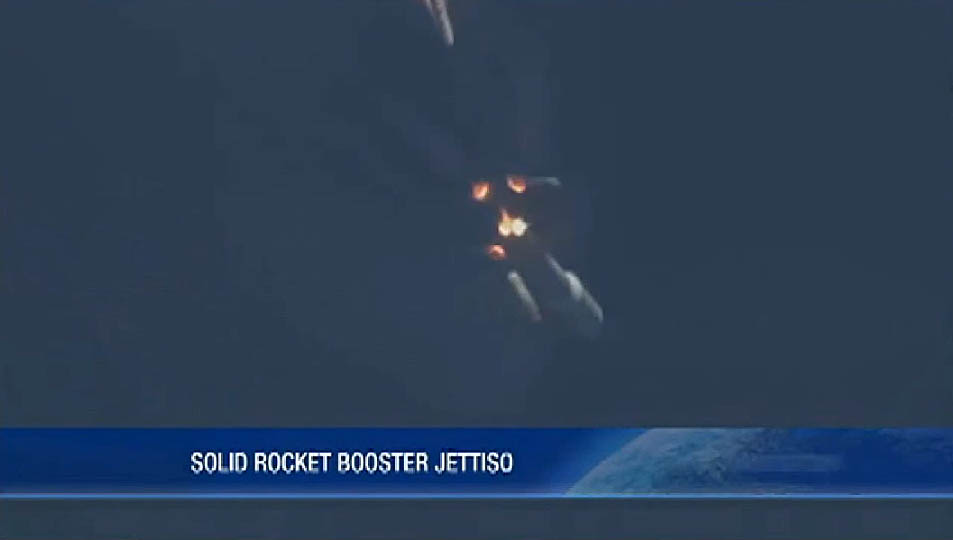Leonardo Cuellar
Active Member
@Edward Current
I found a coincidence that should be explored.
If we take the date of the video as taken between 20 and 21 January 2015 off Jacksonville, those same days the ULA launched an Atlas V rocket from Cape Canaveral carrying the MUOS-3 satellite. The military area of Jacksonville is bordering the Eastern Range and interestingly, the rocket had 6 SRBs. Do you think there is a possibility that the object in question is none other than the rocket and the objects that were observed by the radar the boosters ejected?
I found a coincidence that should be explored.
If we take the date of the video as taken between 20 and 21 January 2015 off Jacksonville, those same days the ULA launched an Atlas V rocket from Cape Canaveral carrying the MUOS-3 satellite. The military area of Jacksonville is bordering the Eastern Range and interestingly, the rocket had 6 SRBs. Do you think there is a possibility that the object in question is none other than the rocket and the objects that were observed by the radar the boosters ejected?
Last edited:

